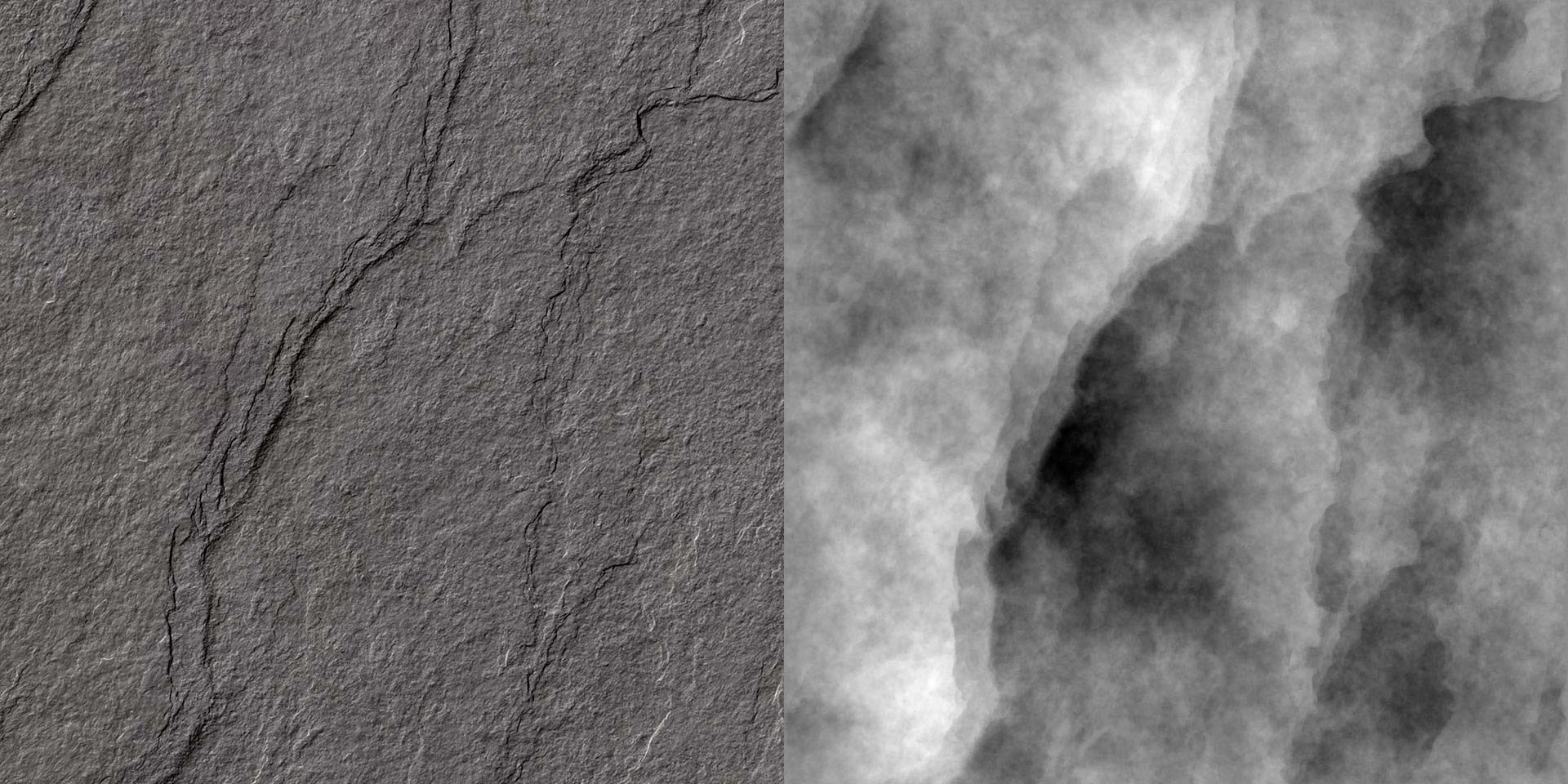Nowadays, in most applications (e.g. for industrial decor applications, but also for fine art reproduction), it is very important not only to capture color or a visual 3D appearance, but also to be able to calculate 3D data.
Many different technologies are currently available for the real 3D scanning of objects but only a few can be effectively used for the 3D scanning of embossed surfaces (e.g. wood, stones, wallpapers, paintings, etc.). This is because 3D surface scanning for industrial or decorative applications requires very high-resolution levels and also large formats that cannot be achieved using commercial 3D scanning technologies.
In fact, up to now, before our innovative solution described below, optimal 3D results could only be obtained using dedicated real 3D scanners based on a Laser or confocal sensor and, therefore, by scanning the originals one point after the other (the full scan may require hours or even days); but apart from the scanning time there are anyway limitations with those kinds of 3D scanners as they usually cannot acquire color information too (only 3D), have limited depth of field and may have also problem on scanning glossy materials.

